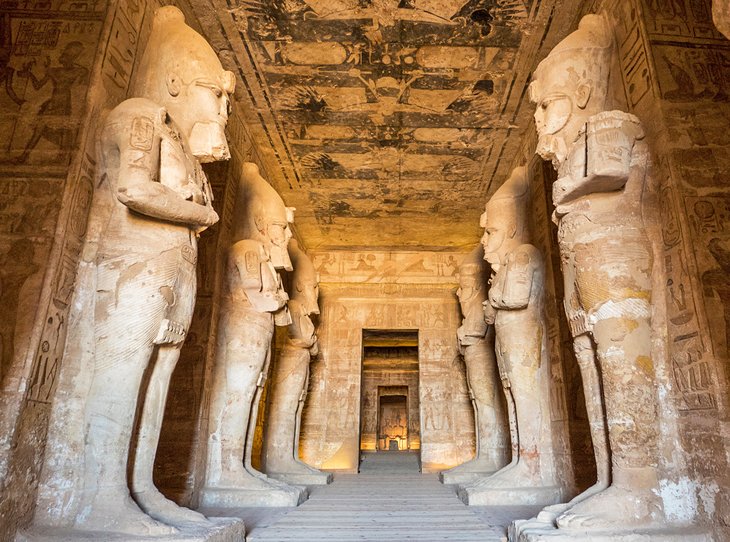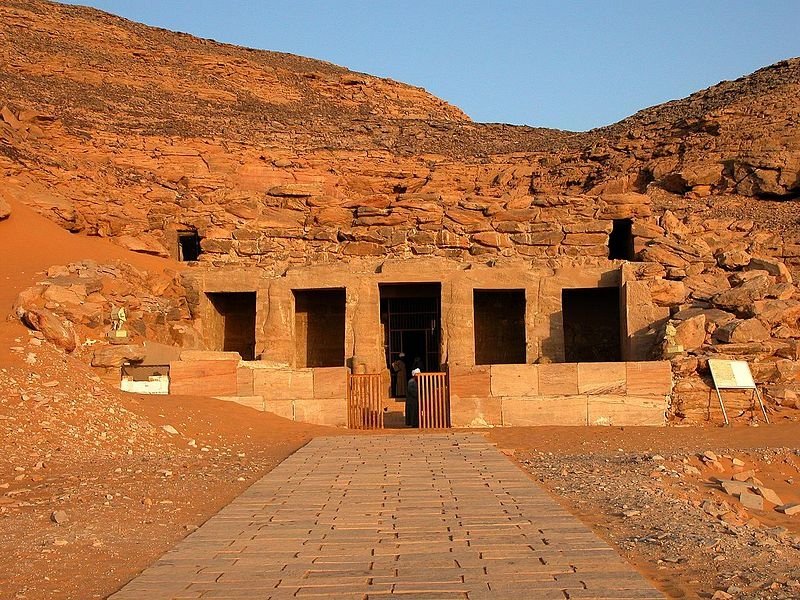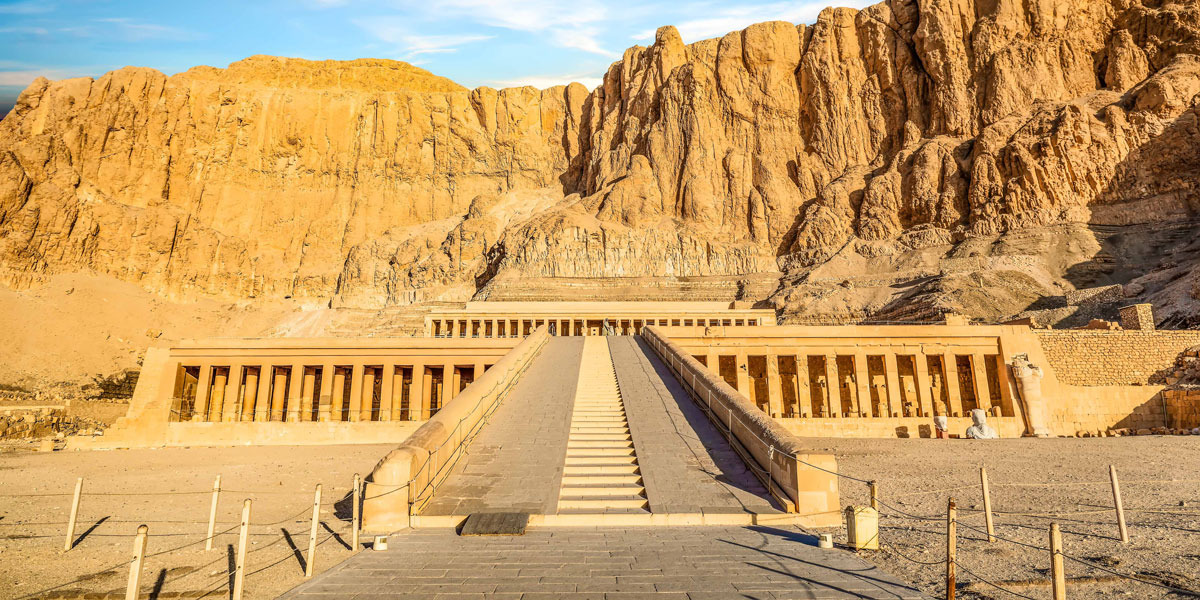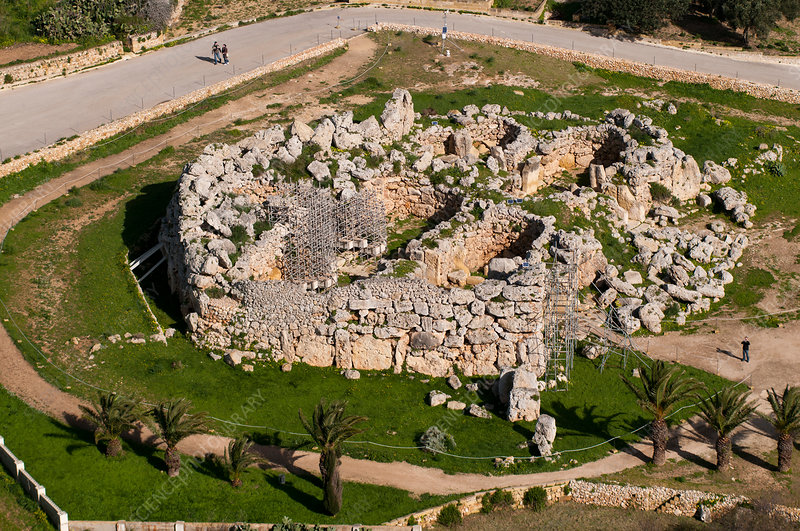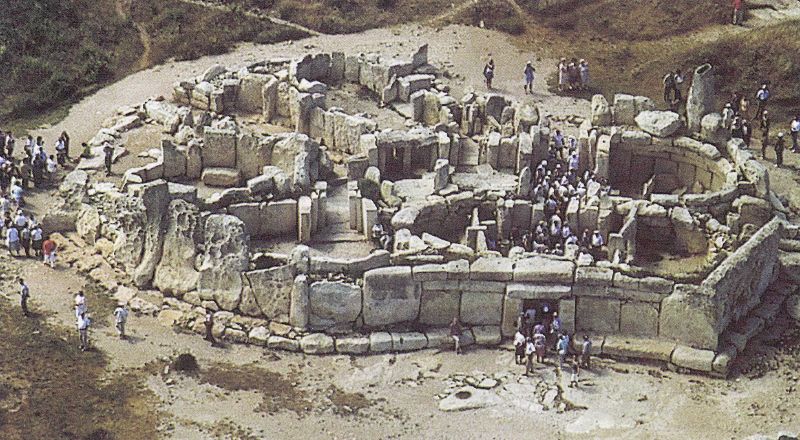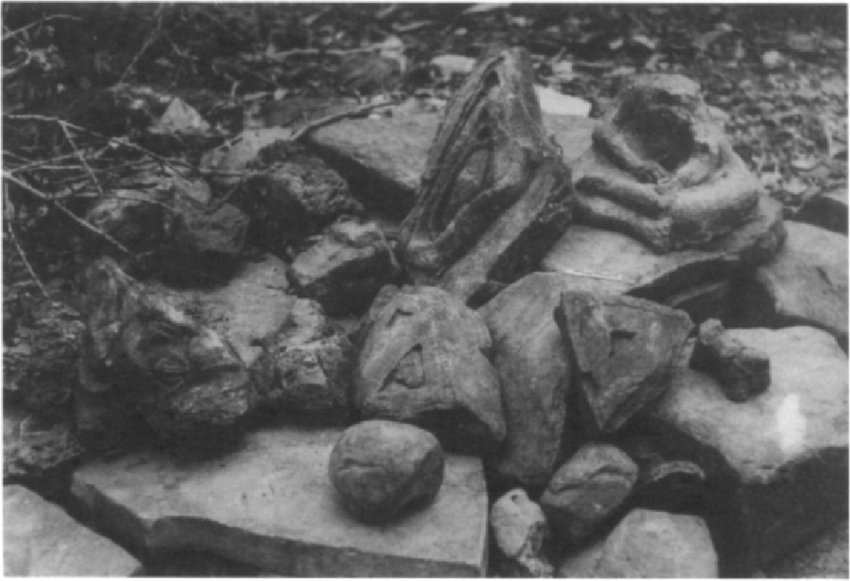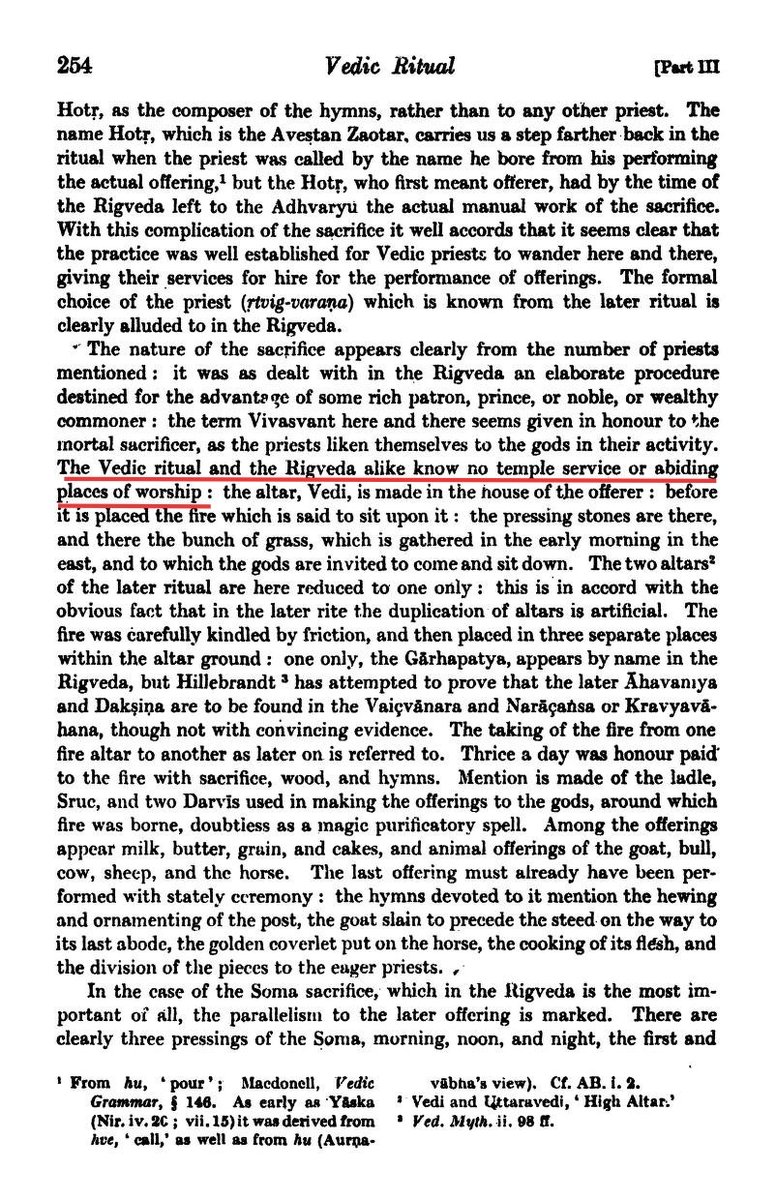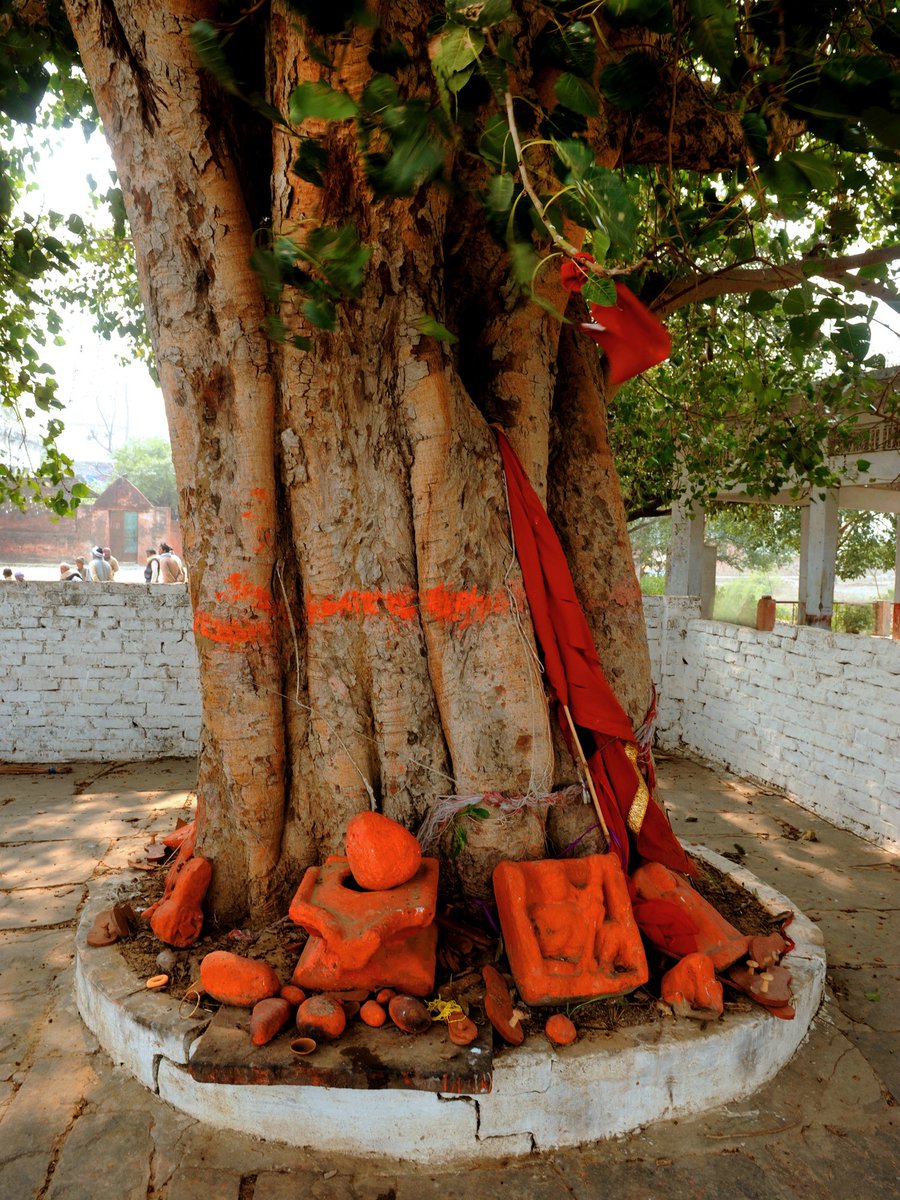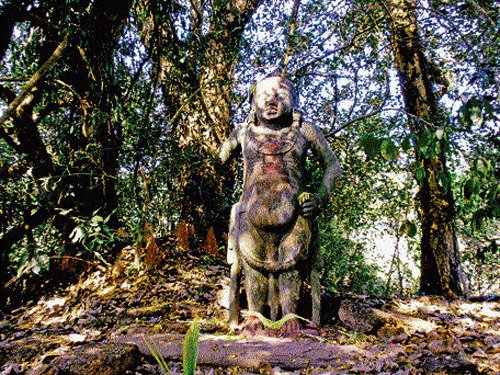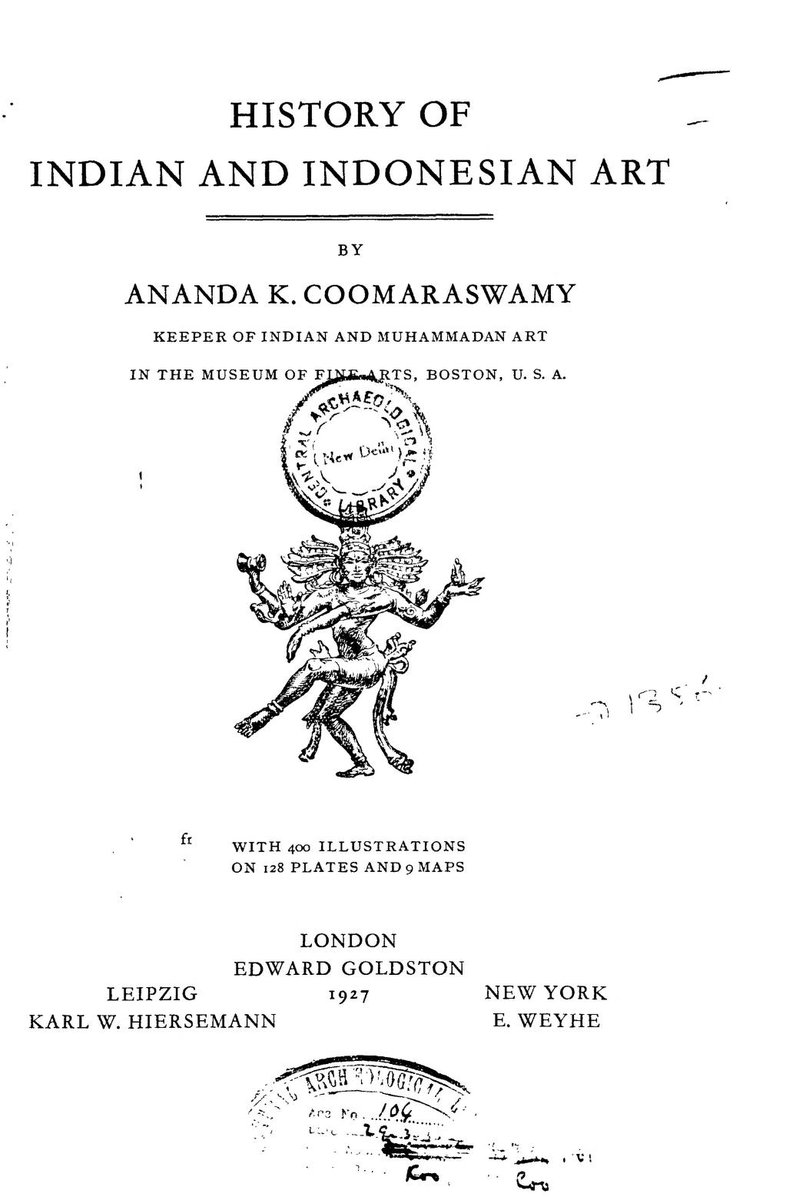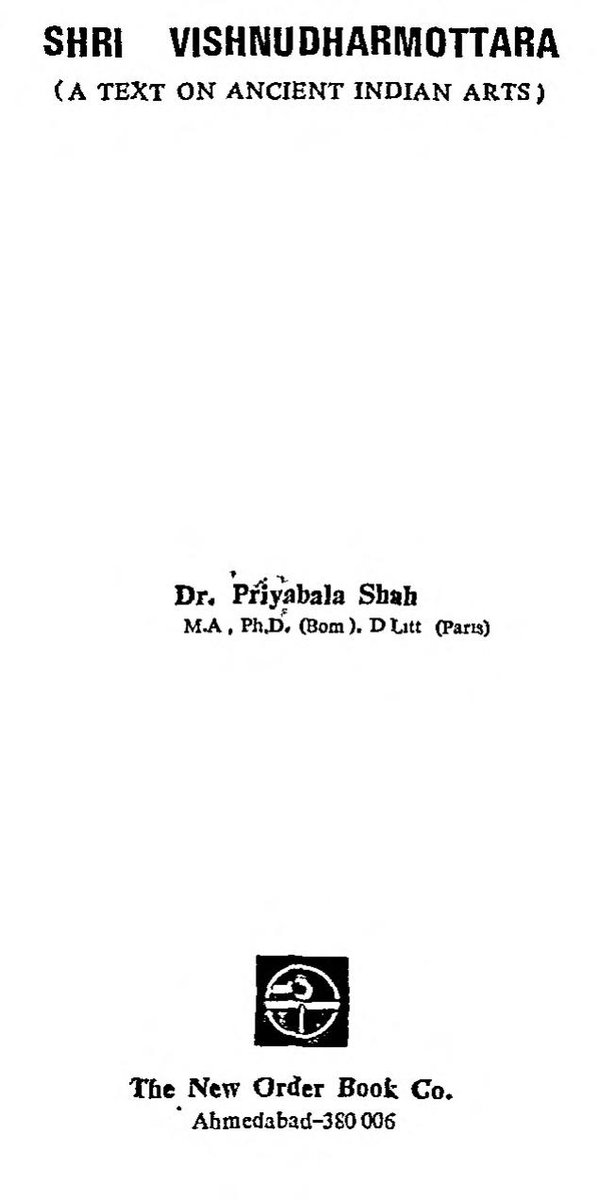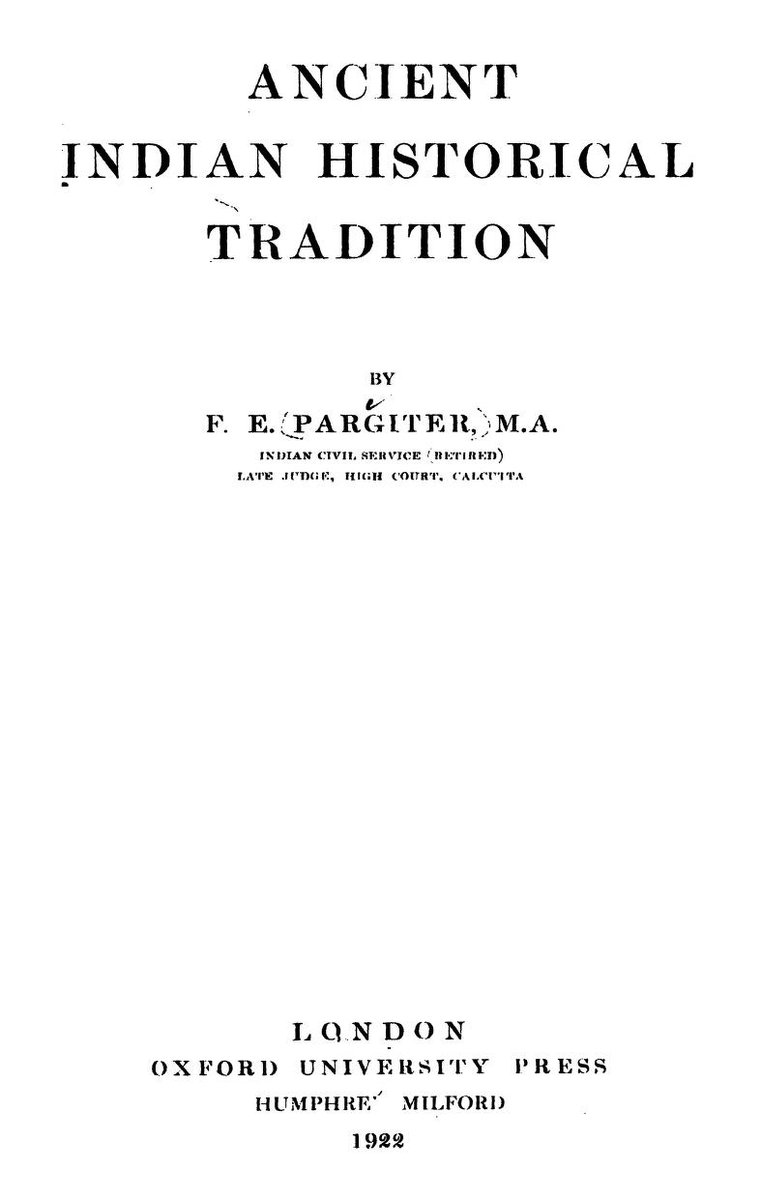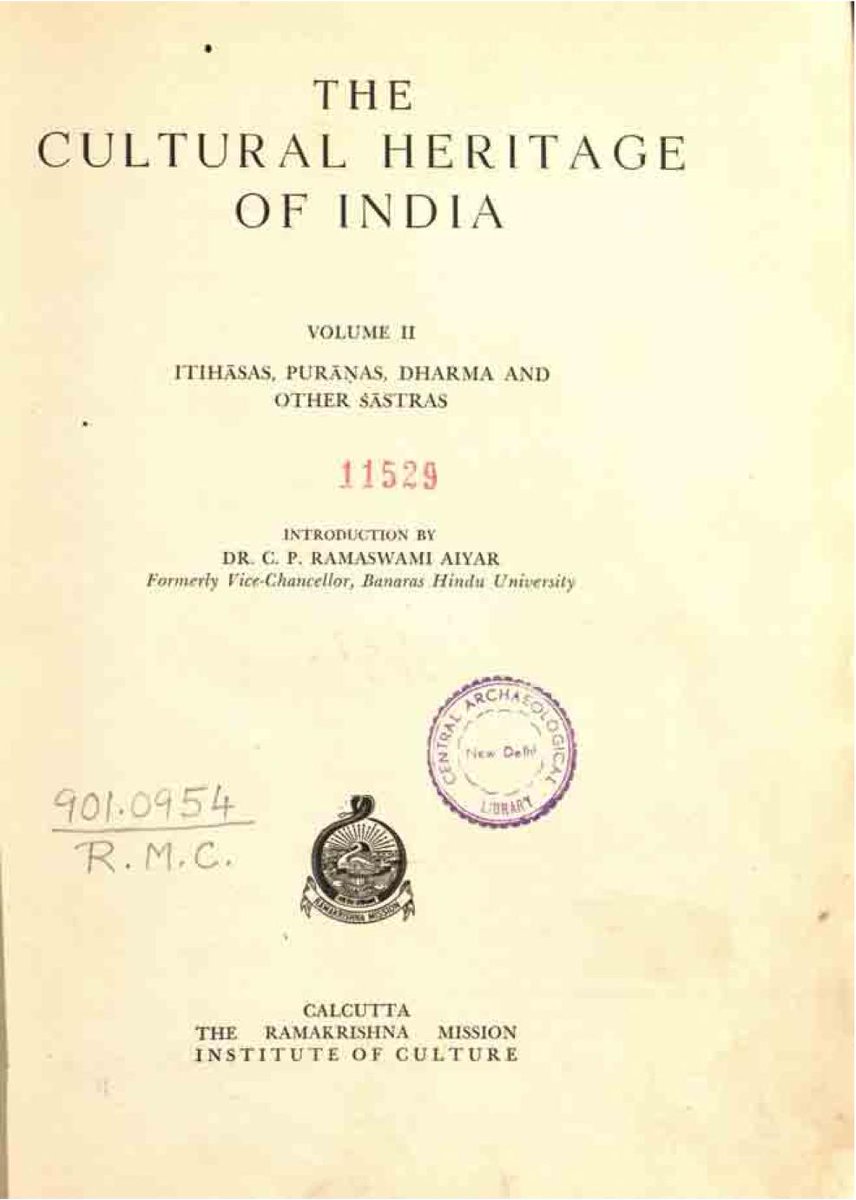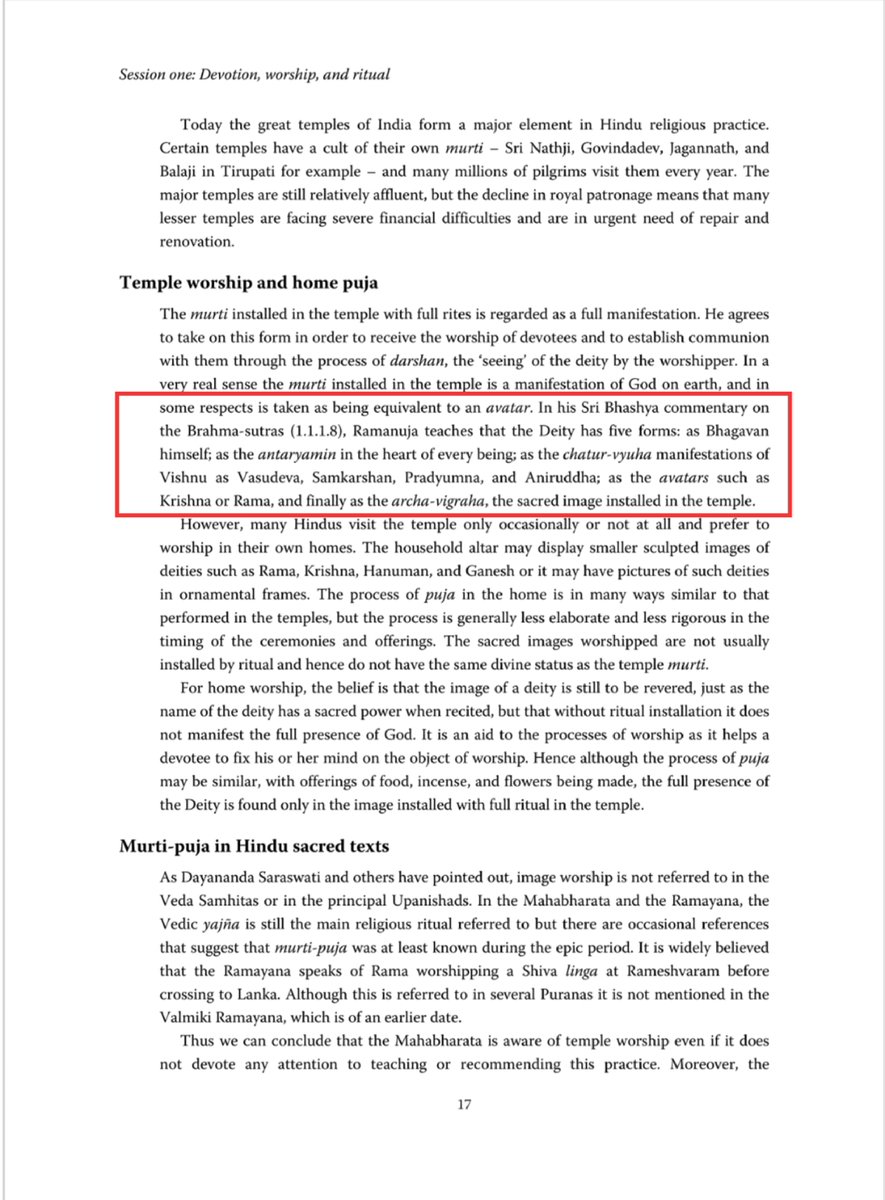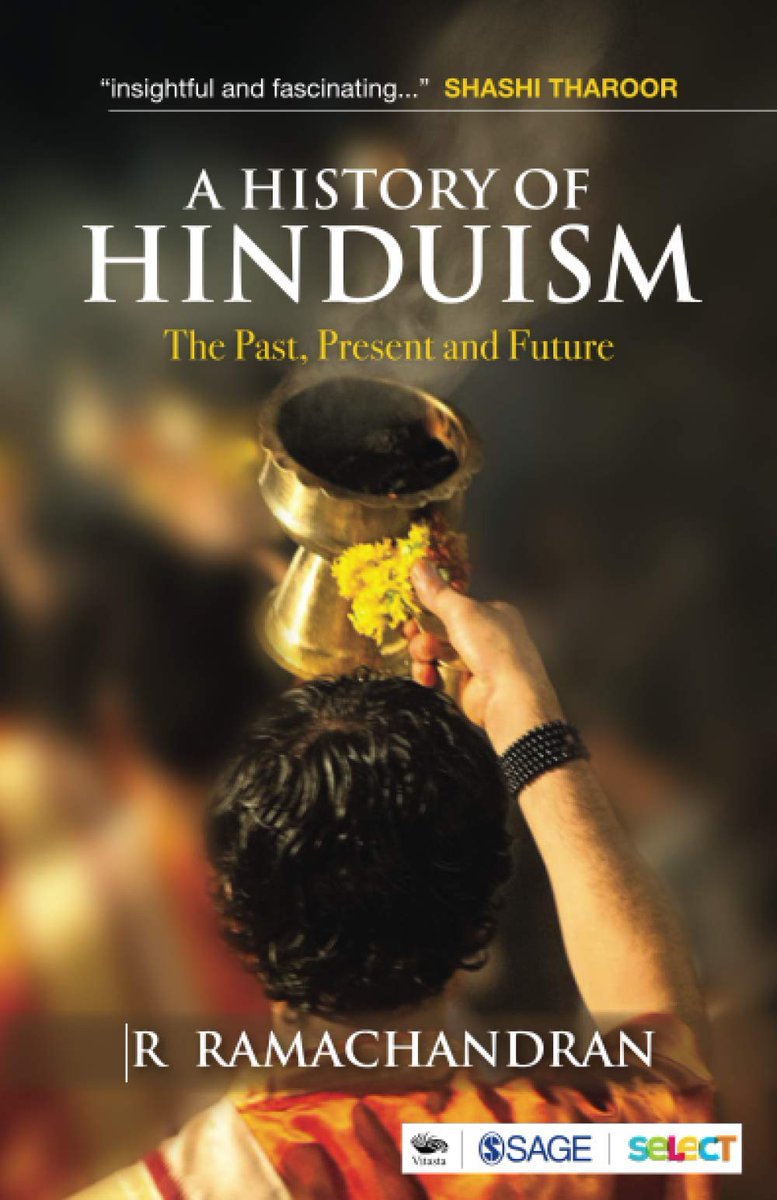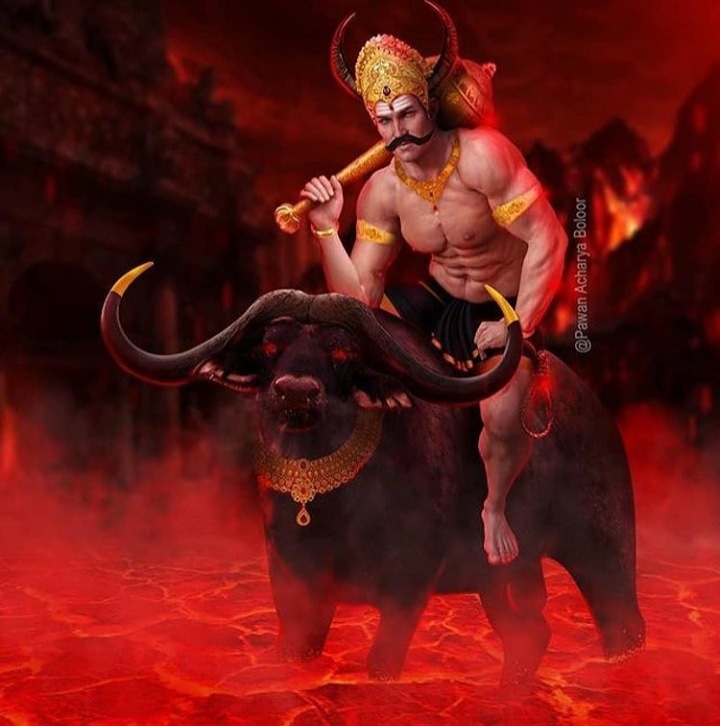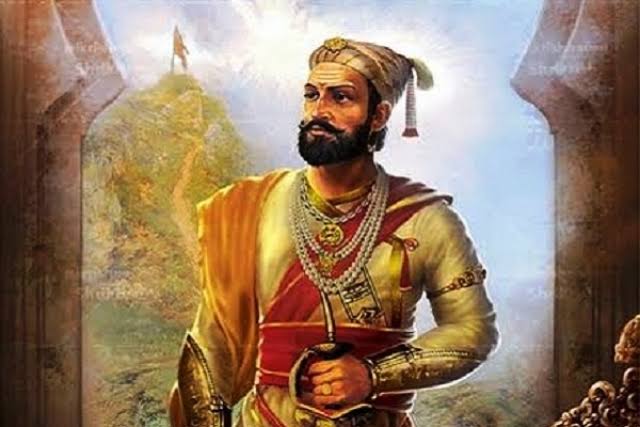2/102
A little further south, not far from the border with Sudan, is another complex dedicated to Ramses II, Hathor, and Nefertari in the village of Ipsambul, better known locally as Abu Sunbul and internationally as Abu Simbel. These go back to the 13th century BC.
3/102
Djeser-Djeseru, also known as the mortuary temple of Hatshepsut in Upper Egypt also dates to 1400 BC. Over 500 years older is the nearby Mentuhotep II, also a mortuary temple. Both were dedicated to the cult of Amun Ra, besides their respective pharaohs.
4/102
Far older is the Ġgantija complex of Malta. Going as far back as 3600 BC, this one comprises of two temples entirely made of stone and enclosed in a stone wall. From the figures therein, it's understood to be a site of some kind of a fertility cult worship.
5/102
Dating from the same period are the limestone megaliths of Ħaġar Qim and Mnajdra, both said to have once hosted ritualistic sacrifices as part of the same fertility cult worship as found in the Ġgantija complex. Malta has some of the oldest temple complexes in Europe.
6/102
These are some remarkably ancient complexes we're talking about. And yet, their vintage pales in comparison to what's so far the world's oldest temple built by mankind. It's a mind-numbing 11,000 years old and predates tools, agriculture, and even wheel.
7/102
3 hours from Gaziantep in Southeastern Turkey, close to the border with Syria, is recorded history's oldest megalith and a marvel of human enterprise.
Göbekli Tepe.
A temple to a highly ritualistic "skull cult," the structure was built by literal cavemen!
8/102
By 800 BC, the Greeks had started building their own temples complete with the colonnade that came to lend them their iconic peripteral appearance. Between 500 and 200 BC the region saw a building fad that gave us many structures still standing today.
9/102
As we've seen, temple complexes have a rich and long history, much longer than we tend to appreciate.
But what about our part of the world?
Mundeshwari Temple in Bihar is said to be one of the oldest in India and the ASI dates it to 635 AD.
10/102
The cave temples of Elephanta go back to 550 AD and if we're to stretch further back, there's structures cut into Udayagiri rocks near Vidisha, but even those don't go much beyond 350 AD. And none of these were free-standing structures with substantive relics.
11/102
No older structure has so far been unearthed that could be considered a temple complex with reasonable certainty.
Why did we start so late?
This question calls for an appreciation of how Indian traditions have evolved and the various influences that shaped them.
12/102
Although the Indian story goes as far back as 75,000 years ago, when the first humans arrived from Africa, for our purposes we'll stop at about 4,000 years. That's when the Indus basin was home to one of the most developed human settlements of its time.
13/102
Problem with the Indus Valley Civilization is, their script remains undeciphered to this day. This makes everything opaque. That said, outside of a few sundry seals that "may" be thought of as religious, no definitive religious artefact has yet been found.
14/102
The cities of the Indus civilization exhibit a remarkable degree of urban sophistication. They had grid layouts, sewage systems, bazaars, public baths, and even multi-storied housing. But no temple, much less a temple complex.
15/102
That doesn't necessarily mean they didn't worship. It's likely they were nature worshippers. We still have tribal traditions like Sarnaism that worship trees and animals. The Harappans likely did the same. And nature worship seldom warrants elaborate architecture.
16/102
Even older are some of the oldest "sacred" rocks In India from Baghor in MP that were likely worshipped. Experts have dated them to as much as 8000 BC! These "pre-Hindus" (as they had nothing to do with later Vedic cults) had no need for grand structures.
17/102
The Harappans had a good run for almost 2,000 years and then they vanished.
Abruptly.
Cities that hitherto housed as many as 50,000 (a big number those days) were suddenly ghost towns. Nobody's entirely sure why but climate is seen as a likely culprit.
18/102
Then came the Aryans. How, why, and where from, is outside the scope of this thread but it was roughly around 1500 BC. Most likely this was a peaceful influx and the place was already abandoned by the time they got here since we haven't found any weaponry in the digs.
19/102
And no, Rakhigarhi and Sanauli findings do not disprove this just so we're sure.
So the Aryans were here. This was a very different culture. These were nomadic pastoralists who had travelled vast distances over generations probably unfamiliar with agriculture.
20/102
Fire played a tremendous role in the Aryans' lives. Being nomadic, they depended on it for not just cooking but also protection from wildlife and the harsh northern chill. Fire was practically life!
Naturally then, it became an object of reverence over time.
21/102
Thus started the cult of fire worship, something the Aryans have in common with their Persian brethren, the Zoroastrians. This devotion manifested in a practice that continues to this day — Yajna.
This became one of the earliest cornerstones of the Aryan theology.
22/102
Yajnas involved makeshift brick contraptions to hold a wood fire to which offerings (hōma) were made with religious chants. This system was compatible with their nomadic lifestyle. The yajna once over, the contraption would quickly be dismantled to be rejigged elsewhere.
23/102
The earliest Hindu scripture, the Rigveda which is estimated to have been composed around 1500 BC, has no reference to permanent places of worship or temple complexes whatsoever as affirmed by Scottish Sanskrit scholar and Indologist, Prof. Arthur Berriedale Keith.
24/102
But that doesn't mean physical representation of deities places of worship didn't exist on the subcontinent at all. Indigenous tribes have worshipped natural elements, especially trees, for millennia. They've even had permanent shrines since much before the Aryans.
25/102
One key difference between these primordial shrines and mainstream Hindu temples, though, is that the deity doesn't permanently live in these but visits only on occasions. Many such practices were later adopted and mainstreamed into the Hindu tradition.
26/102
More often that not, these shrines were situated in the forest or on river banks, away from human settlement. To call them even proto-Hindu would be chauvinistic, pedestrian scholarship as they predate the Aryan presence on the subcontinent by centuries if not millennia.
27/102
Also, part of this indigenous culture were some of the earliest cave "temples" that were later co-opted by later cultures. Man has painted on cave walls since as long as he existed. Rock-cut structures were only an extension of this practice but one that came much later.
28/102
These indigenous tribes were engaged in farming and lived in permanent settlements. They had no formal theology and they worshiped forest spirits we call yakshas. Keeping these spirits happy was a social imperative because only then would they return the favor.
29/102
So a system of representing these spirits as rocks placed under trees developed. These were clothed and fed, especially during a natural crisis, such as a famine. These shrines and those built into caves later evolved into formal temples, but that took thousands of years.
30/102
Initially, the Aryans had no need for permanent structures given their mobile nature. In fact, when they started building shrines, they were almost always portable and carried around on chariots and carts. This practice gave rise to the Vimana (airplane) architecture.
31/102
Another remnant of this concept can be seen in the rathyatras still taken out in various parts of the country. A result of the unique blend between the farming and the herding community is the practice of festival pandals which are dismantled and rebuilt every year.
32/102
Depicting Vedic deities in human form had an organic start. But the practice gained visible traction after the 5th century BC with the advent of Ionian Greeks whose idolatry was already at a highly mature stage by the time. The Aryans called them Yavanas.
33/102
These early European settlers brought with them a rich and vibrant tradition of not only temple-building but also fine arts and theater. Theatrical curtains are still called yavanika in Sanskrit, but I digress.
So with Greeks came new systems of divine representation.
34/102
But temple complexes were still a long way away. The last 5 centuries before the common era were quite eventful. In this window, Buddhism emerged, Jainism went mainstream, and Valmiki wrote the Ramayana.
Buddhism and Jainism spearheaded something new during this period.
35/102
Buddhism is an atheistic system, i.e. doesn't posit a Creator deity. That said, Buddha was already beginning to be accorded a godlike personality cult within his lifetime. After his death, followers preserved his relics in commemoration.
36/102
This practice of commemoration soon merged with the indigenous practice of forest shrines and the synthesis gave birth first to sacred groves, and then something called chaityas. Chaityas are often misunderstood as temples but actually aren't.
37/102
Nor are they a Buddhist invention. Sure, chaityas are almost exclusively associated with Buddhist traditions today, but they also once referred to the sacred groves of the non-Buddhists. In Buddhist traditions, which is what's mainstream today, they're like tombs.
38/102
Chaityas are the closest thing to a "holy" mausoleum, a permanent heap of rocks placed above a buried relic meant more for commemoration than for worshiping. With time, their somber ambiance made them ideal haunts for monks looking to meditate.
39/102
Chaityas also find references in Hindi epics, mostly in Ramayana. The transition from chaityas to formal temples as places of ritualized worship was a gradual, organic one. But so far, no formal temple from before the common era has been found in India.
40/102
The epics also reference another characteristic Vedic feature called yūpa. Yūpas were sacrificial contraptions. Animal sacrifice is a key Vedic ritual. These were mostly tall wooden posts meant to hold the victim in place. The space around yūpas evolved into mandapas.
41/102
Over centuries, these mandapas wound up in the courtyards of much larger temple complexes.
At this point, 2 terms need to be introduced — Shudra and Mleccha.
These were names the Aryans gave to indigenous forest people and the foreign Yavanas, respectively.
Derisively.
42/102
Interestingly, Hindu temple system evolved as a cultural borrowing from both "shudra" and "mleccha" traditions and the scholarship attesting this take comes from now fewer than 4 scholarly sources, including the great 19th century historian P T Srinivasa Iyengar.
43/102
Ceylonese Indologist and philologist Coomaraswamy agrees with this notion in a 1927 work and further credits the indigenous Dravidians with the Aryans' move from yajna to pooja. He also credits the later Bhakti movement for the mainstreaming of idolatry.
44/102
The third nod to this theory comes from Sarvapalli Radhakrishnan, who besides being India's 2nd President, was also a notable figure in the field of philosophy and epistemology. He too agreed that the shift from yajna to pooja was influenced by the Dravidians.
45/102
But we've still not scripturally established the absence of temple-building notions from the Vedas. All we've examined so far is recent exposition which, albeit scholarly, is prone to subjective prejudices and non-academic suspicion.
So we need more "primary" references.
46/102
One such reference comes from a Sanskrit treatise that's considered one of the earliest and most elaborate texts on material representations of the divine.
The Vishnudharmottara Purana.
The extant text comes in 570 adhyayas (chapters) spread across 3 khandas (parts).
47/102
The 3rd khanda goes into details of iconography, musicology, and dramaturgy of the Vedic litury. The adhyaya of our interest comes from this khanda.
Adhyaya 93.
But before we get to the piece, let's understand one key concept of Hindu timekeeping — the yuga.
48/102
In short, Hinduism considers time as a cycle or chakra of four finite periods. These are called the four yugas and they are said to be in an infinite loop of repetition. These are Satya Yuga (also called Krita Yuga), Treta Yuga, Dvapara Yuga, and Kali Yuga.
49/102
We're currently said to be in the last one, the Kali Yuga. Once this is over, it'll be back to Satya Yuga and the cycle will repeat all over again. Exactly how long each yuga lasts is rather fuzzy and also immaterial to this discussion. What isn't, is that there's four.
50/102
Importantly, Ram is said to be part of the Treta Yuga and Krishna of Dvapara. With this in mind, let's return to Vishnudharmottara, adhyaya 93, verses1-3, where it's asserted that temples and statues were redundant in those 2 yugas as gods lived among humans.
51/102
Vishnudharmottara itself is considered supplemental to Viṣṇu Purāṇa, one of the 18 Mahāpurāṇas. Naturally, the supplement cannot be older than the main text. Therefore, one way to ascertain the age of Vishnudharmottara is to date the Viṣṇu Purāṇa itself.
52/102
Depending on who we ask, this ranges from the 5th century AD to as late as 900 AD. The first attestation comes from the early 20th century British Orientalist and Oxford alum, Frederick Eden Pargiter. He dated the text to between 400 and 500 AD.
53/102
A second theory places Viṣṇu Purāṇa among 18, possibly more, Upapurāṇas and dates the whole collection to between 650 and 800 AD. This was forwarded by Sachivottama Sir Chetput Pattabhiraman Ramaswami Iyer, a Raj-era historian, bureaucrat, and lawyer.
54/102
In 1921, Chintaman Vinayak Vaidya, a Marathi-language litterateur, historian, and a friend and ally of Lokmanya Tilak, presented yet another observation that placed the texts much after the Yavanas, dating them to as late as 900 AD.
55/102
Another major scriptural references to temples come from the one Hindu treatise that continues to trigger much high-octane sociopolitical debate to this day — Manusmṛiti, originally titled Mānava Dharmaśāstra by its author.
https://t.co/zQiRe6YQIu
56/102
Although Encyclopedia Britannica places the text around 100 AD, Indologist and Sanskrit translator Patrick Olivelle suggests moving it further by another couple of centuries in concurrence with Indian epigraphist and numismatist, Dineshchandra Sircar.
57/102
In short, there's ample scriptural grounds to establish that temples as we know them today weren't common, if at all known, in Hindu societies at least until 200-400 AD.
Basically, Hindu temples or mandirs, are a Purāṇic feature as evident from the Viṣṇu Purāṇa.
58/102
And by the time they did show up, during what's called the Purāṇic Age, the Śramaṇas and the Brāhmaṇas had already completed their separation, something that started much earlier with Aśoka.
The Śramaṇa included Buddhists and Jains, among other fringe traditions.
59/102
While the Brāhmaṇa orthodoxy continued its focus on ritualistic sacrifices and yajnas at yūpas and yajnashalas respectively, the heterodox Śramaṇas were already building elaborate chaityas and viharas as places of contemplation and meditation.
60/102
To cut a long story short, temples as permanent abodes of gods (unlike ancient indigenous shrines where they only visited on occasions) didn't start showing up prominently until as late as 400 AD.
And even when they did, they were mostly commemorative and not religious.
61/102
To summarize what we have so far, first there were the forest people, descendants of the first men who came over 75 millennia ago from Africa. These people lived in tribes and worshiped stones and trees in sacred groves and makeshift shrines.
62/102
The Aryans who came much later worshiped fire and made fire offerings in the form of yajnas. They borrowed from the natives (whom they called shudras) the practice of worshiping rocks as deities. They even started building mobile shrines that later became vimanas.
63/102
The Buddhists too borrowed from the natives and started building chaityas as commemorative shrines to house relics of holy men like the Buddha. Later under influence from the Greek (mleccha) both Buddhists and some Hindus started building more elaborate structures.
64/102
Until the Purāṇas, though, temples were mostly nonexistent. Then they started appearing, but even at that point, they remained largely commemorative or decorative. Most temples from the time started off as ornamental edifices as homage to a king or a battle.
65/102
One of the most instantly recognizable exhibits is the temple at Tirupathi. Although now a place to worship Lord Venkateswara, it started out in the late 10th century primarily as a memorial to a Pallava king. It was expected to add to the dead king's glory.
66/102
Just as Shahjahan built the Taj for his dead wife, Samavai built the Tirupathi Venkateswara Temple for her dead husband. Although it'd be incorrect to say nobody worshiped there, it'd also be incorrect to say that was its primary objective.
67/102
A paper published in 2018 titled "From Megaliths to Temples: Astronomy in the Lithic Record of South India" adds further attestation to the commemorative nature of structures built by the Chalukyas in places like Aihole and Badami until as recently as 800 AD.
68/102
Most structures in this period were either being carved into hills and rocks, or sculpted into caves. Grandeur was naturally the leitmotif given their main objective was to glorify a royalty. The Kailāsa temple at Ellora and those at Mahabalipuram belong to this genre.
69/102
All this would change abruptly around the 10th century AD. This is when temples as places of devotion and worship would go wildly mainstream and become the single most material expression of the subcontinent's most widely practiced religion.
But why?
70/102
At this point, it's important to reinforce something obvious. Nobody was actually a Hindu, the term didn't exist at the time.
India was home to several cults back then depending on who you worshiped. Besides Buddhists and Jainas, there were Shaivites, Vaishnavas, etc.
71/102
Although these cults lived in relative peace for centuries and there were even families with different members following different cults (largely unimaginable today), cracks began to appear toward the end of the 10th century, especially between Jainas and Shaivites.
72/102
Two hagiographic legends that capture this conflict come from the final years of the 10th century. One involves a Shaivite desecrating a Jain temple (basadi), the other involving Jainas doing the same to a Shiva temple. Both stories come from Karnataka.
73/102
These legends are representative of the rigid religious identities that were just beginning to entrench themselves into the Indian conscience. The subcontinent was losing its social flexibility and polarizing at an unprecedented rate.
74/102
Different schools of philosophy were now different social collectives increasingly hostile to one another.
Desecration of temples became a routine affair. This led to more temples being built in retaliation. A positive feedback loop, if you will.
75/102
Now coming back to the question, why? What changed? The answer lies in the cyclical nature of urban development. In the Indian context, this means two peaks and two decays. As expected, urban peaks bring about innovation and rapid structural changes, decays stall them.
76/102
The first urban decline came after the first few generations of the Guptas. The dynasty had inherited a territory enriched by steady long-distance commerce with the Persians, the Chinese, and the Greeks. This was all thanks to the Kushans who ruled before the Guptas.
77/102
The Kushans were a Chinese tribe with heavy Greek influence from their earlier presence in Bactria which bordered the Parthian country. Their ouster by the Guptas triggered a steady decline in urbanization that lasted pretty much the entirety of the Gupta Era.
78/102
A second phase of decline came around 500 AD, this time triggered by a slump in spice and silk trade with Byzantium.
Things started turning around from the middle of the ninth century. A revival of long-distance maritime trade ushered rapid urbanization.
79/102
This new prosperity led to the creation of magnificent new urban centers all over South Asia. The epicenter of development now shifted to the South with the emergence of strong Deccan dynasties like the Chalukyas of Badāmi and others like the Rashtrakutas.
80/102
With this new affluence came new ideas, new expressions. While most of it was in the areas of literature and prosody, much also went into a more material form of vanity — temple building.
Just like in Ancient Egypt, kingship had now started acquiring a divine character.
81/102
This was different from the monarchies of the North where kings were mere kings, not gods. With divinity being attached to the throne, temples became an expression of power. Kings were Viṣṇu incarnates and were increasingly adopting names like Sri and Prithvivallabha.
82/102
This is when a temple frenzy ensued and enormous temple complexes started sprouting all over the subcontinent and beyond. Very often, these complexes also doubled as royal headquarters, in keeping with the king's divine eminence.
83/102
These complexes were generally built in compliance with a derivative text on architecture that seems to have been produced sometime during the first few centuries of the common era. It's named Mānasāra and its authorship is still unknown.
84/102
This meant the complexes had separate sections for the king and the gods called rājaharmya and devaharmya respectively. Even within the rājaharmya, the guidelines assigned different thrones and decors to different levels of the nobility.
85/102
These structures went into remarkable details to preserve the strict hierarchical system of early Hindu feudalism.
The king was even accorded rituals that were originally meant for gods. The most pronounced of these was the nityabhishekam or daily anointment.
86/102
The kings of the later Chola period were even more energetic in their expression of divinity. Most notable of these was Rajendra Chola I who openly identified as Lord Shiva himself. There were many temples where the distinction between king and the divine didn't exist.
87/102
The 11th century Bṛihádīśvara Temple of Thanjavur is also called Rajarājeśvaram after the deity it houses. Rajarājeśvaram is an alternative name for Shiva.
Who built it? Raja Raja Chola I. So the name can be assigned to both Shiva as well as the king!
88/102
Much of this can even be traced back to a single individual keen on adding grandeur to the Hindu expressions — the great Vaishnava reformer and theologian, Śrī Rāmānujāchārya. He lived in the 11th century and was an enormous influence on the Bhakti revival.
89/102
Rāmānujāchārya popularized arcā vigraga, a concept of divine representation in material form. This was the first major move toward Hindu idolatry and a radical departure from the nirguna philosophies of Madhvāchārya (Dvaita) and Ādi Shankara (Advaita).
90/102
This fresh injection of reforms served to kick-start and fuel the Deccan region's frenzy around early 12th century. The Cholas, although initially averse to this new wave, soon joined the bandwagon and started building bigger and bigger temples.
91/102
The Bṛihádīśvara structure, by the way, also happens to be a bouquet of Hindu superlatives. The linga it houses is among the world's tallest, as is the temple itself. The priests use ladders to perform their rituals as the idol is over 9 foot tall.
92/102
It was practically a contest. The bigger the structure, the more invincible the empire.
By the 14th century, the frenzy suddenly amplified and assumed new proportions in what's today parts of Karnataka and Andhra Pradesh.
There's a reason for that.
93/102
Islam is said to have reached Indian shores almost within Muhammad's lifetime. However, its practice was still confined to isolated pockets and never really posed a threat to the status quo.
This started changing with Turkic raids starting around the 13th century.
94/102
The Vijayanagar Empire came up in the first half of the 14th century. By then, parts of India had already suffered multiple waves of Islamic invasion mostly by Turkic-Afghan hordes. Most of North India was already under Muslim rule, the Delhi Sultanate.
95/102
Alauddin Khilji and Muhammad bin Tughluq had started making inroads into the Deccan and by the 14th century, what's today Telangana and Maharastra had successfully been islamized.
It's with this backdrop that two Yadava brothers established the Vijayanagar Empire.
96/102
The threat of Islamic invasion was real and present. Temples were being razed indiscriminately. This is what triggered the Vijayanagar Empire's renewed temple-building efforts. The idea was to build as many as possible to ensure some survive. It was a defense mechanism.
97/102
Within decades, thousands of new temples and temple complexes sprouted all over the kingdom. The Empire itself did eventually succumb to Muslim invasions after a 200-year run but not before having produced some of the most iconic temples in all of Deccan India.
98/102
Evolution of temples from here on is more or less unceremonious. That said, it'd be highly reductive to blame the absence of all structures from remote antiquity on Muslim invaders. It's true they tore down many, but not all. They couldn't.
99/102
For example, places like Egypt, Turkey, Mesopotamia were Islamized long before India was. And far more comprehensively.
And yet, those places still have pre-Islamic structures that go back thousands of years, still standing tall.
100/102
The temples of Nubia predate even the Harappans by centuries. And yet they didn't suffer destruction. Also, India wasn't really unfamiliar with desecrations and vandalism when the Muslims came. The Jainas and the Shaivites had been doing this to each other for centuries.
101/102
Only one thing can explain the absolute lack of temple complexes from before the common era — they didn't exist to begin with.
Multiple Purāṇas have asserted the Vedic indifference to idol worship. It's a phenomenon more recent then we care to admit.
102/102
Not only recent, but also borrowed. We borrowed the very concept from locals we labelled "shudras." The very people we prefer away from our temples today.
~~~~~~~~~~~~~~~~~~~~
Miscellaneous references:
